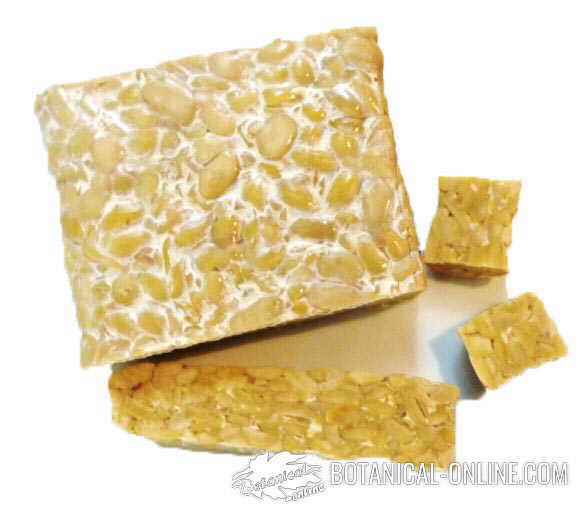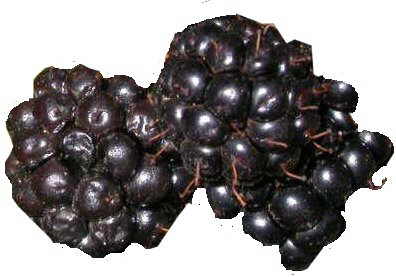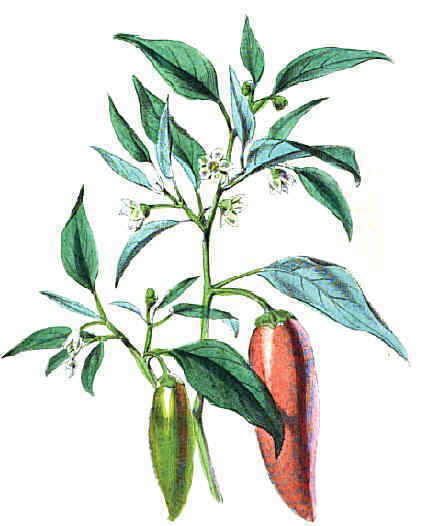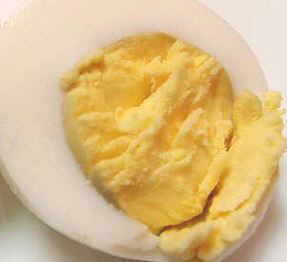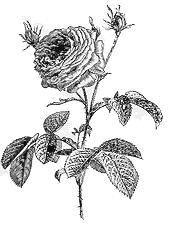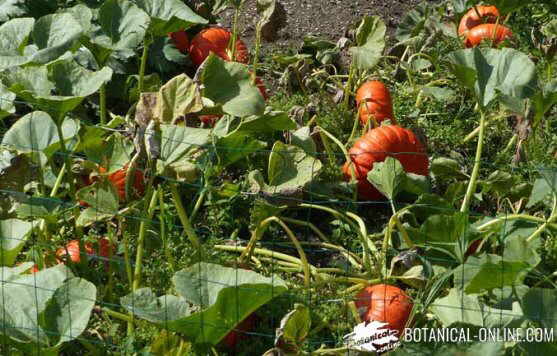Contents
HOW TO GROW OKRA
 Okra plant characteristics (Abelmoschus esculentus)
Okra plant characteristics (Abelmoschus esculentus)
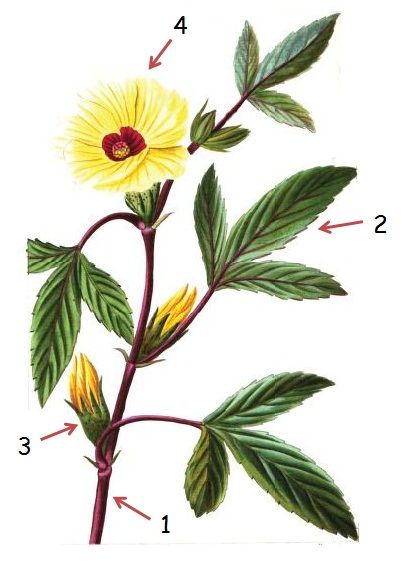
In the picture: botanical illustration of an upper branch of Okra. Branch (1), divided leaves (2) Flower calycles (3) and flower (4).
– Okra is a plant belonging to the family of Malvaceae. In English it is known as okra, gumbo, lady’s-finger, ladyfingers or bhindi.
– Annual woody plant, erect and with a very branched stem; 1-2 meters high (up to 3m.).
– Hispid foliage, large leaves, often tinged with purple colors due to its content in anthocyanins.
– Petiolate leaves, heart-shaped. dark green on top and gray on the bottom. Size between 10-20cm. long and 10-30cm wide.
– Flowers are solitary and colorful. Calyx with 5 petals, white or yellow, with red or purple spots on the base. Flowers are hermaphrodite and bloom from July to September.
– Fruit in a dehiscent elongated capsule, 10-30cm. long; 1-4cm. wide, green or sometimes purple or white. This fruit is formed by 5-7 merged cells, which open at maturity to release their seeds. The fruit surface is hispid, and has 5-7 sharp edges, which constitute the welding of the cells.
– Seeds are small, 0.5mm, and dark brown.
 Okra types or varieties
Okra types or varieties
OKRA CLASSES WITH GREEN FRUITS
- Clemson spineless: The most commercial popular variety. Thornless plant. sharp dark green fruits. Cycle of 5559 days from planting to maturity.
- Lee: Thornless semi dwarf variety . Fruits yellowish green, angular and straight.
- Blondy: ribbed variety of fruits, lime green.
OKRA CLASSES WITH RED FRUITS
- Red velvet: Bright red fruit variety with a good production.
 Okra climate
Okra climate
– Tropical and temperate climates plant. In tropical climates it develops into clumps of 3m. high, while in subtropical areas they usually do not exceed a meter and a half.
– Place in full sun and sheltered from the wind. It requires cool nights and hot days.
– Prefers moisture in both the soil and the atmosphere. Daytime temperatures from 25 – 35 ° C.
– It does not tolerate drought. Sensitive to frost.
– Height between 60 – 900m. above sea level (200-3000 feet).
 Okra soil
Okra soil
– Soil: sandy loamy texture.
– Rich in organic matter, especially potassium.
– pH between 5.8 and 6.5.
– Well-drained soils to prevent root suffocation.
 Okra maintenance tasks
Okra maintenance tasks
- Deep soil tilling at least 3 weeks before planting.
- Keep the soil properly before sowing.
- Control weeds regularly.
Okra is sensitive to different soil diseases and plant nematodes, so it is recommended plan crop rotations. They are favorable to the cultivation of corn and rotation with legumes.
 Propagation of Okra
Propagation of Okra
PROPAGATE BY SEEDS
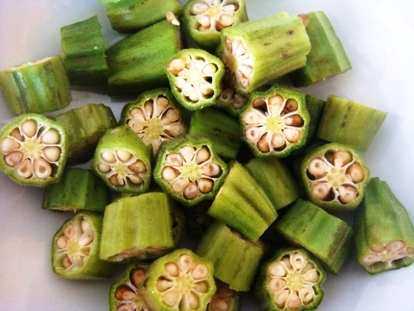
Okra seeds are used to reproduce the plant.
Okra seeds have to be soaked for 12 hours in warm water to promote germination. In large crops, planting is done by direct seeding or sowing in groups , since okra has large seeds. A framework of 80-110cm between rows and 30cm. between plants is recommended.
The seed does not germinate in cold soil, so you must wait out the period of frost, spring planting in the greenhouse, or planting seedlings.
– Seeding: 6-8kg. by Ha. Seeds germinate in 27 days at 15 ° C or C 6 days at 35 °C. Mulching the soil increases the precocity of the plant, favoring flowering.
– Transplantation must be done when the plant has developed its four true leaves, approximately 4-7 weeks after sowing. Protect from low temperatures and frost.
 Okra irrigation
Okra irrigation
- Maintain certain levels of moisture in the soil to promote germination and growth, especially in climates with dry seasons.
- Irrigate after transplantation.
- Avoid overwatering, especially during flowering and fruit formation. Water regularly, avoiding floodings. Overwatering encourages fungal diseases and waterlogging of roots.
- At the end of the cycle, space out watering.
 Okra harvest
Okra harvest
Harvesting should be done with gloves, long sleeves and long pants, as both the leaves and the fruits contain tiny stinging hairs that hinder their harvest. Harvesting occurs approximately 4 months after planting, although commercial varieties have cycles up to 60 days in the tropics.
The time of harvest of the fruits is largely dependent on the cultivated strain. Most okra fruits are harvested at 60-70 days after sowing (20-30 days post-transplant). Thus, in the Middle East, harvesting is done when the fruits do not reach nearly 5 centimeters in size, while in Central America they are harvested when the fruit apex breaks easily with your fingers.
Another indicator is the point of flowering: unripe fruits are harvested between 6 and 10 days after the opening of the flower.
Harvest should be attended regularly, even some farmers do two crops a day, morning and afternoon, because okra fruits become easily woody, which makes them too fibrous and unfit for human consumption.
It is important to collect all the fruits of the plant, even damaged fruit. If the fruit remains on the plant, seed maturation in the same inhibits successive plant blooms, as the plant continues to produce fruits after harvest.
![]() Okra fruits exploitation
Okra fruits exploitation
- Human consumption: They are widely consumed in gastronomy. * More information: see okra recipes.
- Feeding cattle: Because of its excellent protein content, especially concentrated in the seeds of the fruit, okra is suitable for feeding farm animals such as cows and monogastric animals. However, the seeds are rich in gossypol, a polyphenolic pigment that can be toxic in high amounts.
 Quality of okra
Quality of okra
Commercially, okra fruits are sorted by size, which determines their caliber. Fruit quality is directly dependent on its appearance, color, texture and size. Okra is a fruit that, when mature, quickly loses its edibility, because it lignifies quickly if not harvested in time.
To sell okra in the market it should be generally small, tender, with a vivid color and a velvety texture. There are varieties of different colors.
Caliber | Length peduncle (in mm.) |
A | 40,1 – 65,0 |
B | 65,1 – 90,0 |
C | 90,0 – 115,0 |
D | superior to 115,1 |
 Okra fertilization
Okra fertilization
- To grow it potted, choose a fertilized soil, rich in organic matter for the plant to have all the nutrients needed for growth.
- In intensive cultivation, it is recommended that a soil test to determine fertilizer needs. In general, we should have to apply fertilizer rich in phosphorus, nitrogen and potassium before planting, and another one rich in nitrogen at 4 weeks.
Excess of nitrogen can lead to very vigorous but unproductive plants.
 Okra pests
Okra pests
Planting usually attracts insects, aphids, ants and nematodes. However, the greatest danger are sucking insects that transmit viral diseases:
- Whitefly (Bemisia tabaci): the female lays eggs on the stem or on the lower surface of the leaves. These are yellow, and when the nymphs hatch, they feed on the sap of the plant. As a result: damaged leaves. Insects transmitting diseases, such as Bhendi yellow vein mosaic virus (BYVMV).
- Aphids (Aphis spp.) Feed on plant sap. These reach very high populations, causing damage to the fruit and the plant, leading to the withering of it.
- Mites (Tetranychus spp.)
- Okra shoot and fruit borer (Earias spp.): Larvae feed on young foliage: In advanced stages, they attack the fruit producing circular perforations that are distinguished inside the fruit.
- Ants: They eat fruits rich in sugars, causing discoloration of fruit and plant.
- Nematodes: okra crops may be affected by nematode attack. These affect the root, causing it to rot.
Okra diseases
Okra can also be affected by diseases that affect the leaves, flowers and fruits:
- Yellow vein mosaic virus (YVMV) is the most serious disease of this crop, very important in India. Most important viral disease of okra, which can be devastating. It affects growth stages.
It is characterized by marked yellow veins in the leaves, which, as the disease progresses, stains them yellow completely. It causes 50100% yield loss if the plants are infected within 20 days after germination.
![]() More information on okra recipes and properties.
More information on okra recipes and properties.

 Okra irrigation
Okra irrigation